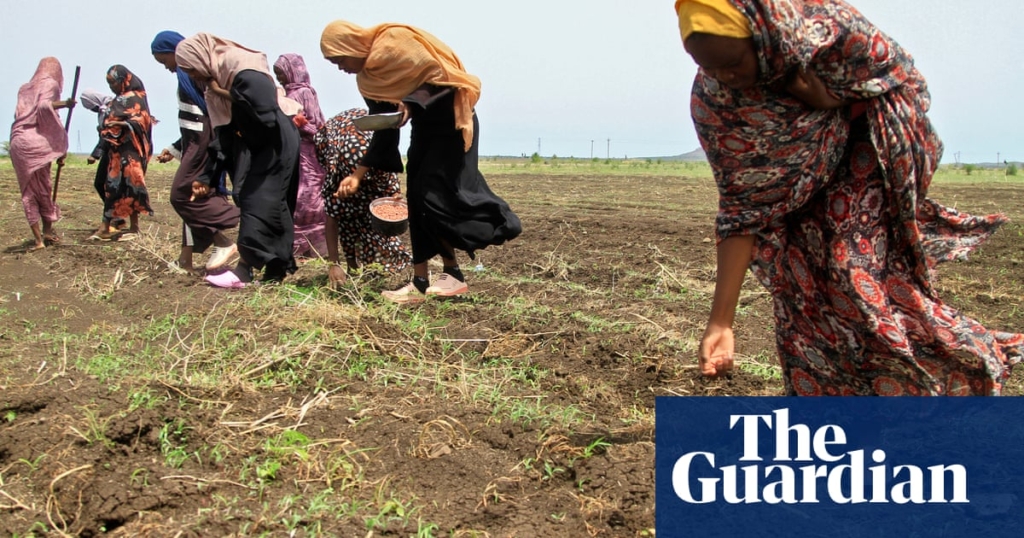The extent of the world’s land affected by excess salt is set to increase rapidly with potentially devastating impacts on food production, research has found.
About 1.4bn hectares (3.4bn acres), amounting to 10% of global land, is affected by salinity, with a further 1bn hectares classed as “at risk”, a report from the UN Food and Agriculture Organization has found.
This is already having a serious impact on agriculture, as globally about a tenth of irrigated cropland and a similar proportion of rain-fed cropland is afflicted by excess salt. The potential losses to crop yields are as high as 70% in some cases.
Some of the world’s largest and most populous countries are particularly badly hit, including China and the US, Russia, Australia and Argentina. The central Asian region is also a hotspot, with Afghanistan, Kazakhstan, and Uzbekistan badly affected, while Iran and Sudan also rank among the countries suffering the worst effects. These 10 countries account for 70% of salt-affected soils globally.
Climate breakdown and poor agricultural practices are to blame, the FAO’s scientists found, in the first major assessment of the issue in 50 years. As temperatures rise, the extent of salt-affected soils is likely to increase to between a quarter and a third of all land by the end of this century, if current trends are not arrested.
While some salts are needed for crops, excess salinity reduces soil fertility. Too much salt absorbs water, making less available for uptake by plants. The salt also changes the physical structure of soil, causing it to clump together, and makes it more vulnerable to erosion.
Water scarcity, poor drainage, and overexploitation of the soil are key factors behind the increase in salinity. Sea level rises will exacerbate this, with the incursion of saltwater into coastal areas.
Farmers are often driven to poor practice by the pressure to increase short-term yields, which is creating longer-term problems. Global water use has increased by a factor of six in the last century, according to the report, and this overexploitation of aquifers for irrigation is driving groundwater salinisation. Farmers are also irrigating crops with poor quality or salty water, pumping water excessively to feed their crops, and overusing chemical fertilisers. Removing deep-rooted vegetation, including trees, can also increase soil salinity.
The FAO found that, along with tackling the climate crisis, the best ways of restoring the fertility of soils were through a mix of traditional techniques such as mulching, interlayering soils with loose material, and improving crop rotations, and innovations including developing salt-resistant crops, and the use of bacteria, fungi and plants that remove or sequester salts.
Regenerative farming practices, that focus on natural soil fertility, could also play a role. Anand Ethirajalu, project director of Cauvery Calling, which supports more than 250,000 farmers in adopting agroecological practices, said more government support was needed. “Without financially supporting farmers to restore their soils, [declining fertility] will impact everyone who relies on food to live – which is all of us,” he said.
The report was presented at the International Soil and Water Forum, taking place in Bangkok, on Wednesday. The plight of the world’s soils has also been under the spotlight this week in Saudi Arabia, where two weeks of talks under the UN convention to combat desertification are set to conclude on Friday.
Rising global temperatures and increasing pressure on agriculture are leading to the drying out of land around the world. Along with increasing salinity and declining soil fertility, these factors are combining to create unprecedented threats to food production, experts warned.
Praveena Sridhar, chief technical officer at the Save Soil movement, said: “Global famine is no longer a distant threat. The soil crisis is invisible to many, but its impact will be felt in every corner of the world, if policymakers fail to act.”







Yorumlar kapalı.